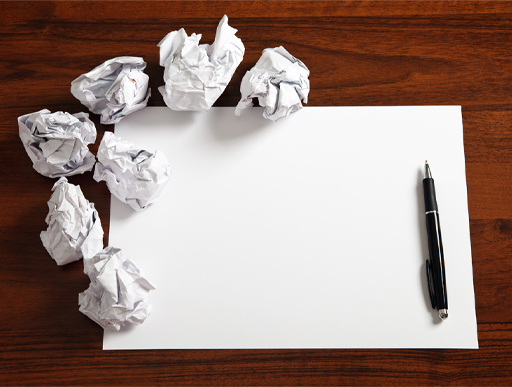Session 4: Reasoning with argument maps
Introduction
In Sessions 1 to 3, you learned about tools for finding sources of information and checking those sources. Finding and validating information is one thing. There are many situations where you will need to go one step further. For instance, you may need to communicate the conclusions that you have drawn on the basis of the information. This involves convincing other people.
Have you ever been asked to prepare a (short) report, email or slide show? Often such communications have at least two parts: you need to discuss a topic and then come up with a reasoned conclusion. Here are just a few examples:
- a parking ticket appeal
- a school leave application
- an objection to a planning application to a council meeting
- a work email in which you argue for a business decision
- an essay or a report written at school or university.
But where do you begin? Do you recognise that sinking feeling of sitting in front of an empty computer screen or piece of paper, racking your brains to find that first sentence? There is no magic bullet but there are ways to help you prepare yourself before you write that first sentence.
Compare this problem with going on a journey. When you plan your travels, you don’t immediately worry about where to put your foot next (which direction, how big a step, etc.). First, you need a plan or map, even it’s just in your mind, about where to go, how you will go there, where to change mode of transport (get off the train, get into the plane), etc. In short, you first need to see the big picture, before you can fill in the details.
When writing a text that has argumentation (another way to say that it has a reasoned conclusion), there are techniques and tools to figure out the big picture first. A key tool that you can use is that of an argument map. This is a map or plan that you create before you do any writing.
By the end of this session, you will be able to:
- describe the key ingredients of a basic argument map
- evaluate whether an argument has a solid base
- starting from a basic argument map, write some argumentative text based on it.
Throughout this course, argument maps are presented as figures. However, to support the accessibility of this course, all figures have long figure descriptions. The long figure descriptions for argument maps use a text-only shorthand notation to identify the elements of argument maps.

